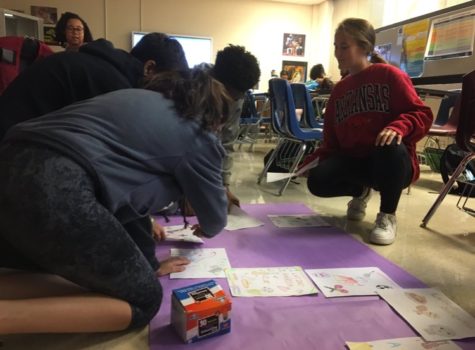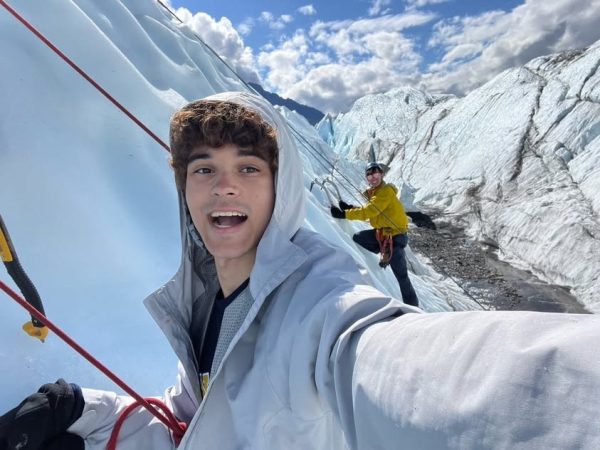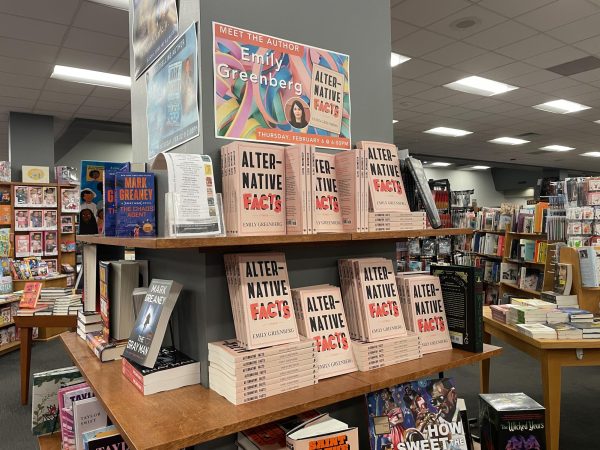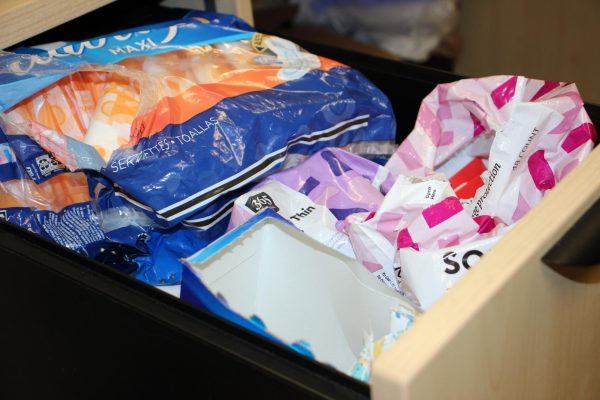Spanish teachers use creative assignments to advance language learning

Spanish three students work on a poster as a part of their Latinoamerica project. This project was assigned to students in order for them to gain more cultural insight on Latin American countries.
In a world that is becoming increasingly connected, learning a second language is an important goal for many students at White Station. Being bilingual can open up opportunities in the workforce, as well as in personal friendships, but it is no simple task. Many students excel at reading or writing their target language, but oral and cultural aspects can be harder to learn in a classroom setting.
Foreign language teachers work to find creative ways for their students to be exposed to target cultures and provide opportunities for speaking that students will be interested in. Spanish III teacher Leslie Thornton gives her students an oral presentation assignment once a month in which they are allowed to speak on any subject they wish in Spanish.
With topics ranging from family members to favorite soccer players, each presentation is a unique learning experience for both the speaker and listeners.
“To me, it is a perfect practice for students to get prepared for a real life event and to conquer one of their biggest fears, which is public speaking,” Thornton said.
While public speaking is a challenge for students, many also struggle with how to convey their thoughts and feelings about their subject in the target language. Sophomore Taketta Artis found that overcoming this obstacle has helped her build vocabulary skills and strengthen her Spanish speaking.
“[The presentation] requires me to learn new words or phrases, and usually, when I learn a new word or phrase, I tend to remember it,” Taketta Artis (10) said.
Angelica Shirley, a Spanish II and IV teacher, is getting her Spanish IV students involved with learning about Latin America culture.
“It’s a project where they learn what product, practices and prospective mean regarding an identity or a culture,” Angelica Shirley said
Students are typically familiar with their own culture but are not with others. Passionate about making students open-minded, Shirley is opening her students’ eyes to cultures and practices they are not accustomed to. One of Shirley’s students, Kush Bhatia (10), enjoyed uncovering the difference between American culture and Latin American culture. Bhatia said he learned about the basic food and clothing often worn, but what surprised him was how child discipline differs from typical American discipline.
All in all, students are using their previous knowledge to help them further uncover foreign territory.
Your donation will support the student journalists of White Station High School. Your contribution will allow us to purchase equipment and cover our annual website hosting costs.





































